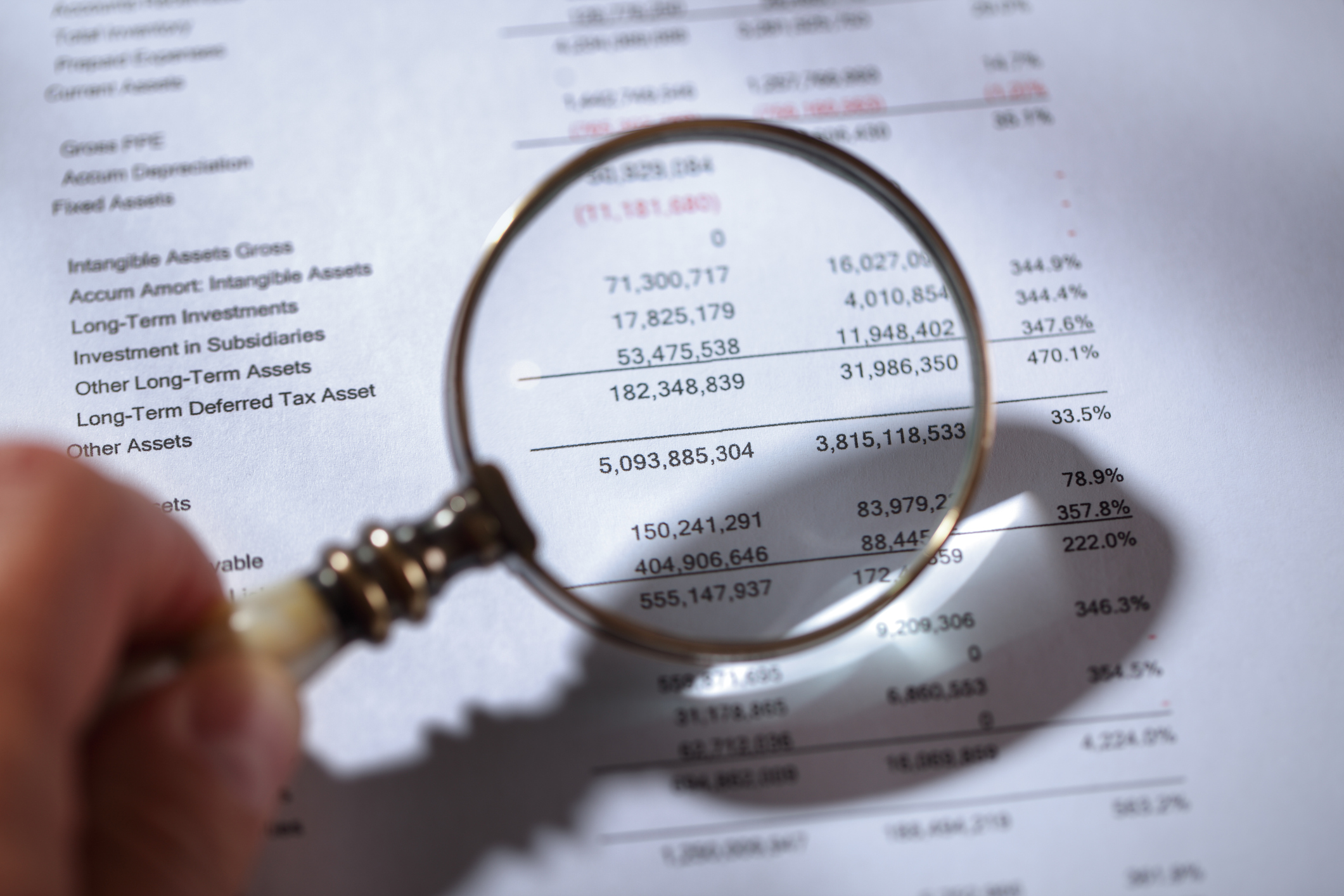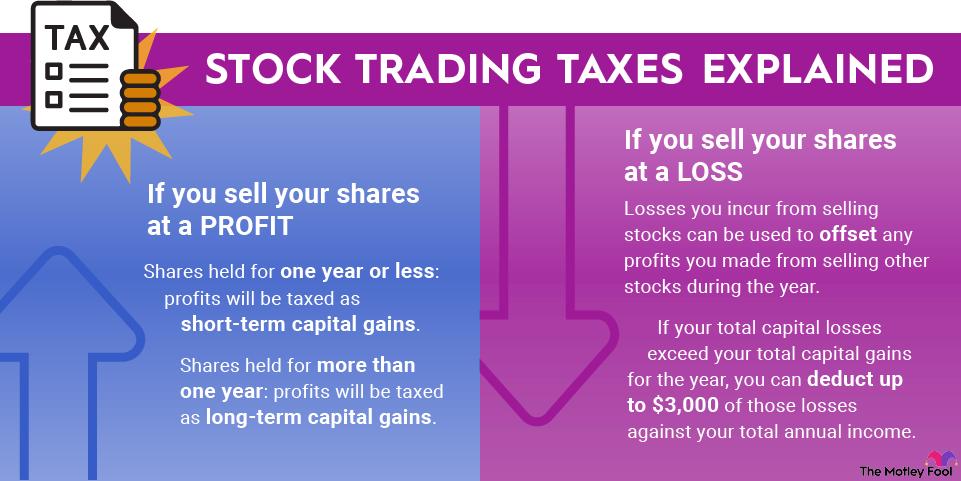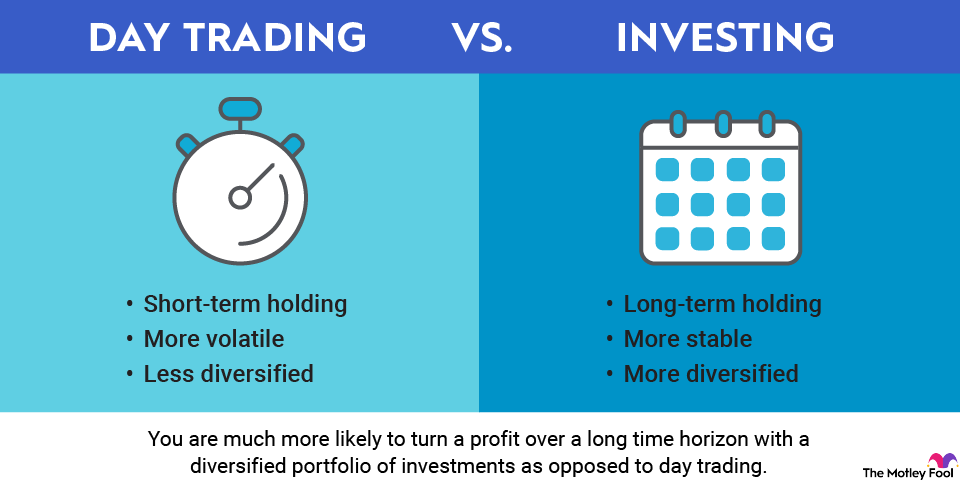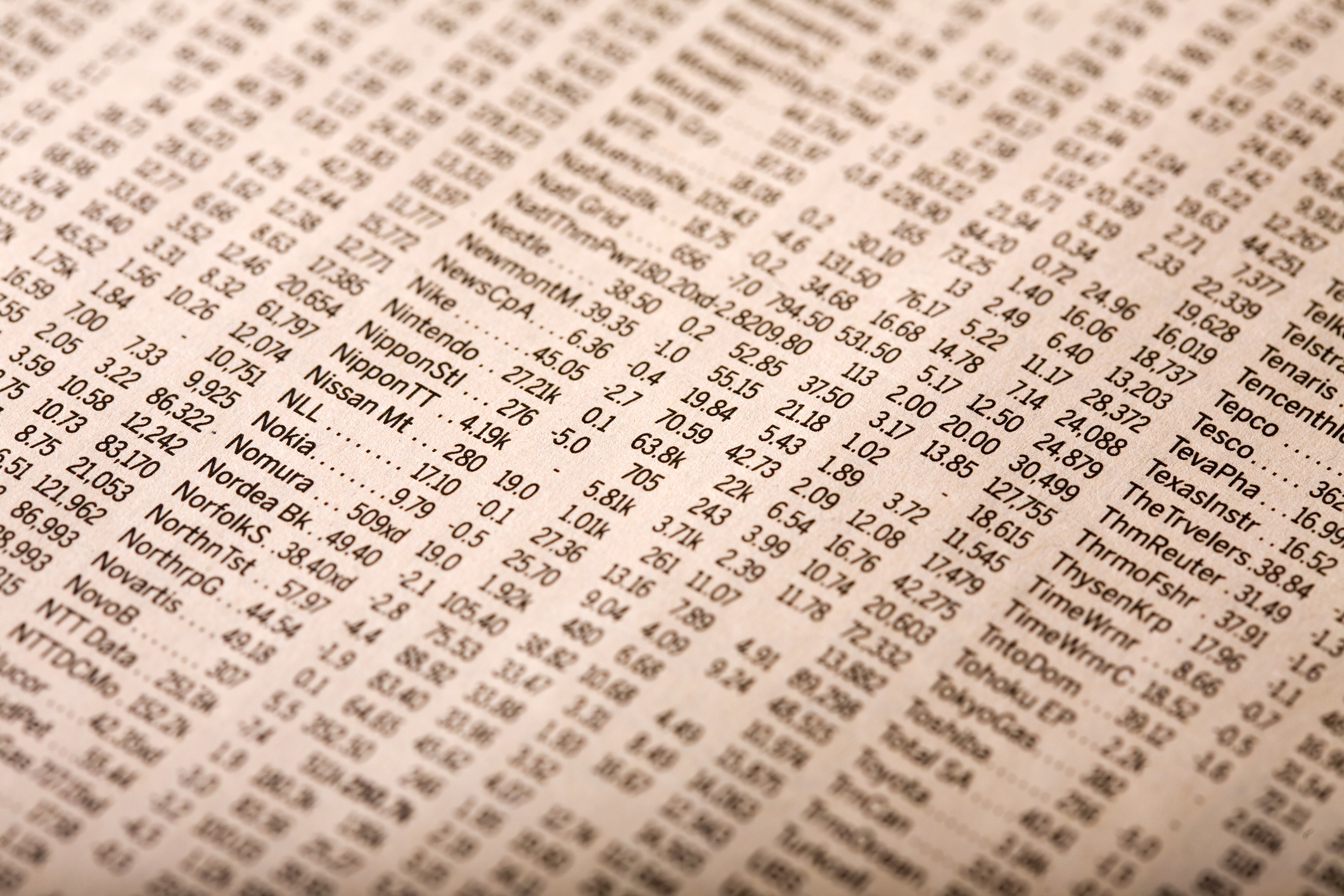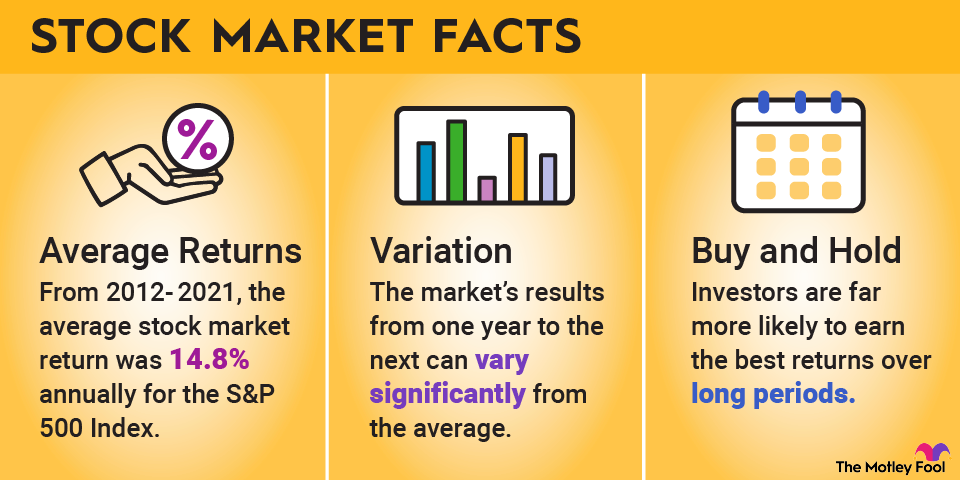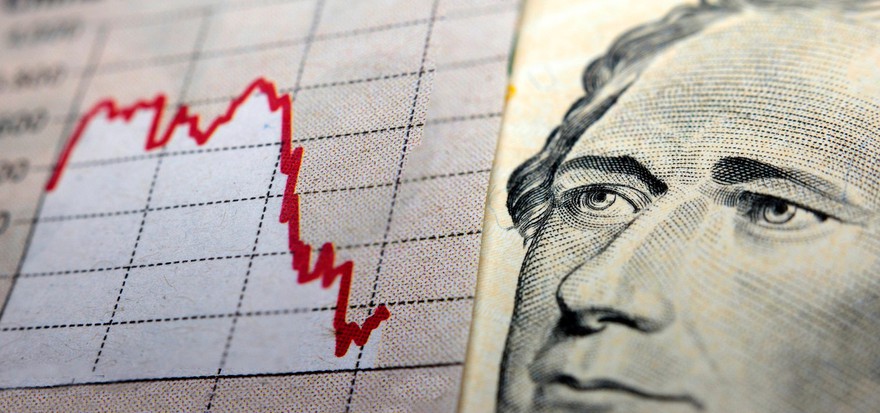Understanding your investments means keeping an eye on a lot of different spinning plates, but none are as important as the math surrounding your returns, including knowing how to annualize daily returns. It's a very simple process once you understand the components of the equation and how to apply it to your own portfolio.

How to convert returns
Converting returns isn't difficult, especially when you're going from a daily return to an annual return. Before you start, you'll need to know just one piece of information: How much is your daily return on your investment? Once you know that, you can follow these steps to calculate your annual returns.
Start by converting your return percentage to a decimal. Do this by dividing the return percentage by 100, or slide your decimal two places to the left. Example: 0.02% becomes 0.0002. This is now your Daily Return.
The equation for converting Daily Returns (DR) to Annual Returns (AR) is as follows:
AR = ((DR + 1)^365 – 1) x 100
Returns
When you do this math, it's important to understand that you're raising your DR + 1 by 365 because that's how many return periods you have in your year. If there were fewer, like, say, you only saw returns quarterly, you'd use 4, or if it was only figured based on business days, you'd use 250.
Here's an example of this in real life. Let's say your investment has given you a daily return of .05% this year. That would mean your equation would look like this:
AR = (0.0005 + 1)^365 - 1) x 100 = 20.02%
So your annual return would be 20.02%, which is pretty fantastic for a great number of investments.
Converting other returns to annual
Of course, as stated above, you can also convert other types of returns to annual using the same formula. If you have quarterly returns, for example, you'd simply swap out the 365 for 4 since your periodicity is now quarterly (four times a year) instead of daily (365 times a year). This applies to any type of period that's less than a year.
Periodicity | Formula | Example |
Daily | AR = (DR + 1)^365 – 1) x 100 | AR = ((0.0002 + 1)^365 – 1) x 100 = 7.57% |
Weekly | AR = (DR + 1)^52 – 1) x 100 | AR = ((0.0002 + 1)^52 – 1) x 100 = 1.05% |
Monthly | AR = (DR + 1)^12 – 1) x 100 | AR = ((0.0002 + 1)^12 – 1) x 100 = 0.24% |
Quarterly | AR = (DR + 1)^4 – 1) x 100 | AR = ((0.0002 + 1)^4 – 1) x 100 = 0.08% |
Related investing topics
Converting returns can be simple
Although it can be intimidating to convert your daily, weekly, or monthly returns to annual returns, it's really pretty simple. The same equation can be used regardless of the number of times your investment returns in a year; just simply swap out the 365 (the periodicity) in the basic equation to reflect the number of returns you actually have in your year.
Again, that equation is: AR = (DR + 1)^365 – 1) x 100
